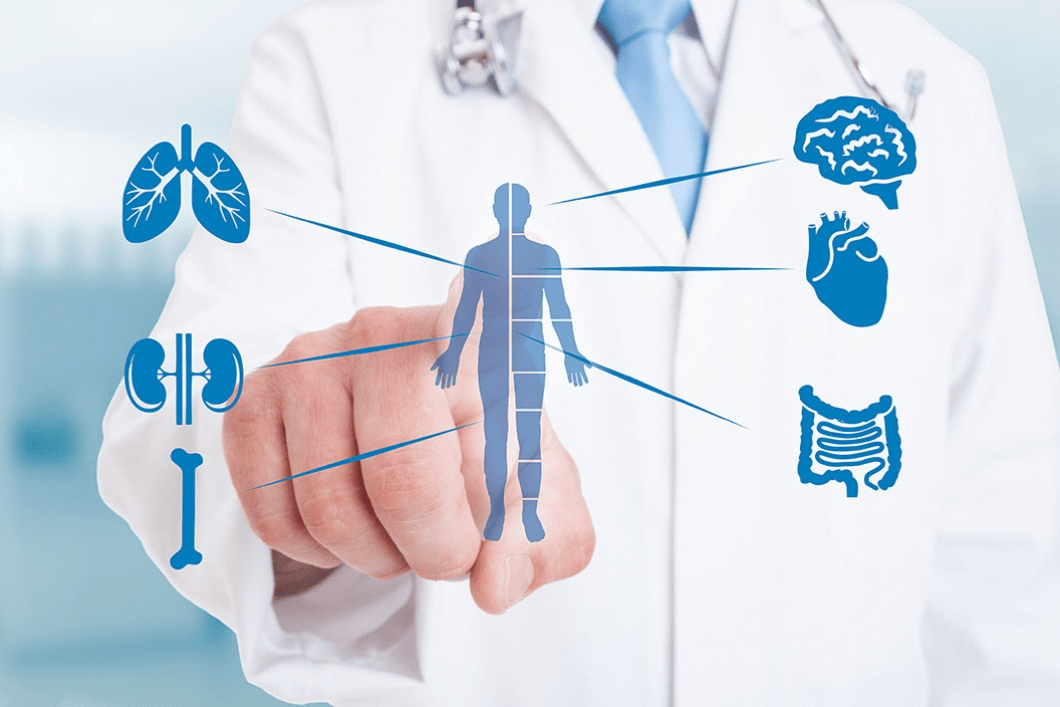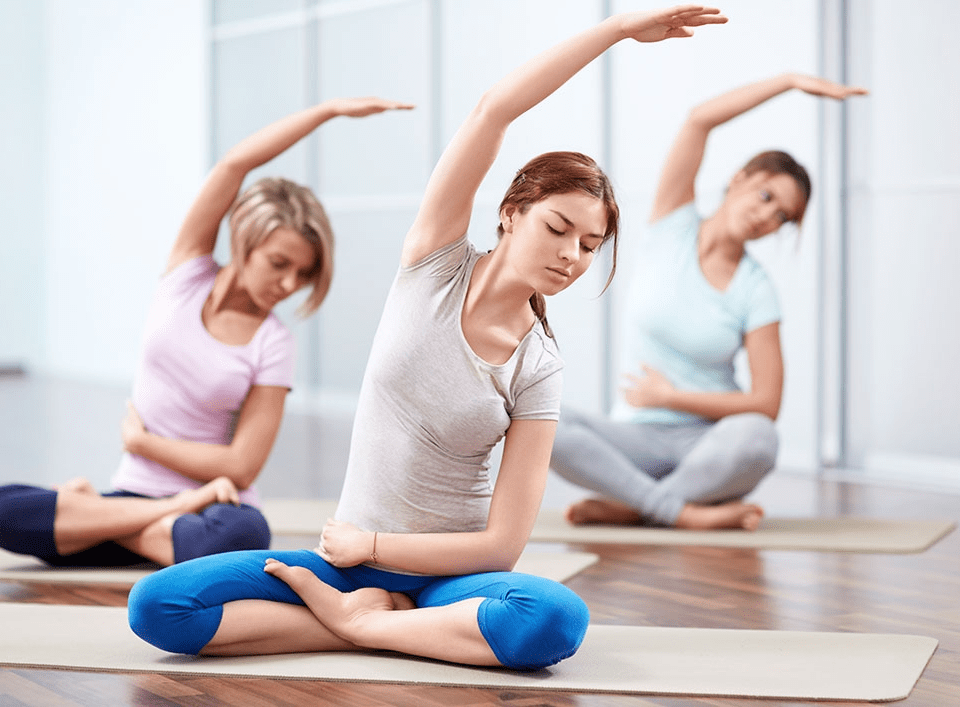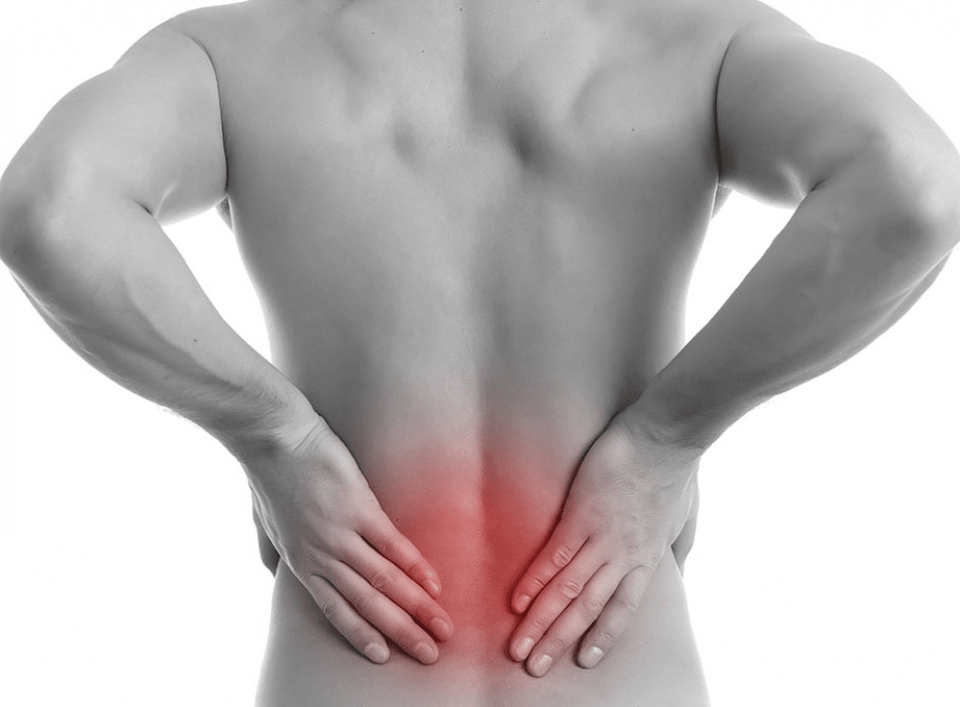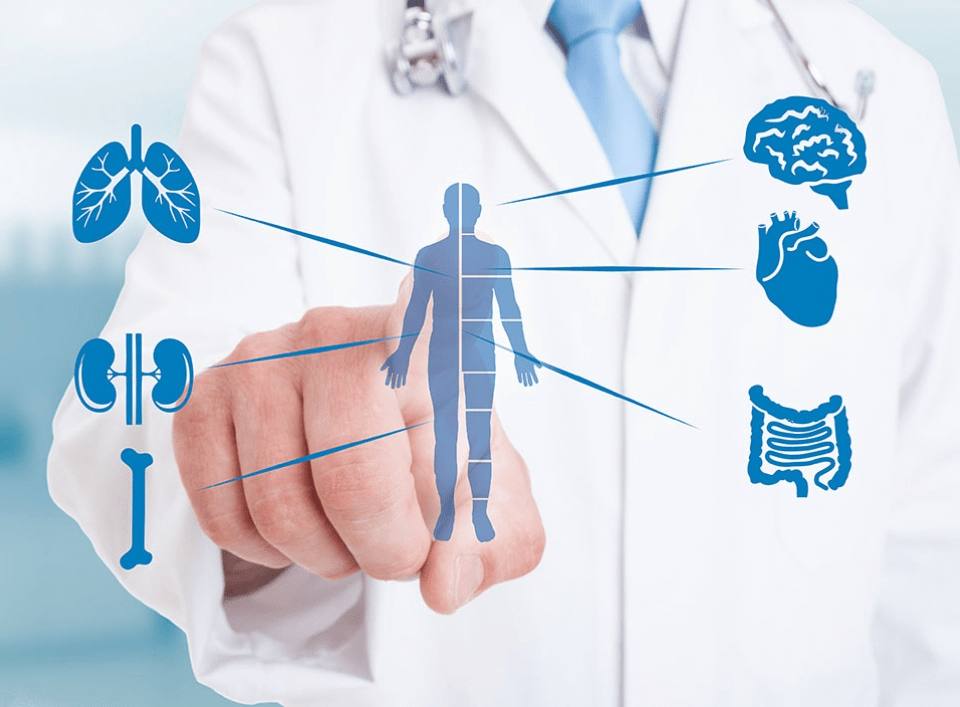
LIFESTYLE SHOULD BE FIRST-LINE TREATMENT IN CARE OF CHRONIC DISEASE
December 16, 2019
DR DV WRITES ABOUT INTEGRATIVE MEDICINE FOR PHYSICIANS PRACTICE MAGAZINE:
December 16, 2019Moving Everyday Will Keep the Doctor Away
By Dushyant Viswanathan, MD | July 6, 2011
Physicians Practice magazine
The human organism requires movement. More specifically, it requires dynamicism. In the absence of dynamic states of being, we have stasis, which has pathophysiologic consequences. Essential for not only optimal health, but also overall quality of life is dynamicism manifest as: regular (as in daily) physical exercise, bowel habits, mental stimulation and activity, emotional dexterity (mandatory is the regular elimination of toxic emotional memories), and curiosity and awe for the inexplicable fact of existence itself.
First with regard to physical exercise. The medical benefits of physical exercise have been demonstrated in countless studies, although why such an obvious fact would need to be proven in clinical studies is beyond me. Physical exercise and movement-based therapies such as yoga stimulate not only muscle and the heart, but also the hypothalamic-pituitary-opiate axis. The body is flooded with endogenous opiates as a result of such therapies, and demonstrable benefit to immune function can be observed. Exercise also leads to improved cardiac performance and dilation of pulmonary vessels, improved oxygenation of the system, perfusion of viscera, and elimination of toxins via improvement in kidney and bowel function.
Perhaps one explanation for the benefit and importance of exercise is the promotion of a dynamic physiologic state as opposed to one that can be described as static. Stasis is an integral component of Virchow’s triad of hypercoagulability. Cigarette smoking, stress, enhanced sympathetic tone (leading to vasoconstriction), consumption of processed foodstuffs, and sedentary habits all promote stasis. Stasis, in turn, leads to the never-ending stories of inflammation, impaired immune function, arterial and venous thromboses, calcification of vessels and the cardiac electrical conduction system, and leads to the accumulation of toxins. These lead to the chronic illnesses we work so hard to manage. Ultimately they are not manageable unless the underlying issues of lifestyle are addressed.
It is difficult to measure the clinical impact of improved emotional and spiritual dynamicism. Trials evaluating these often rely on subjective questionnaires. But such aspects of human life cannot be denied. Even a cursory look into the lives of anyone points to the correlation between disease and emotional/psychoneurologic stasis. The one physician who integrates methods to promote emotional and spiritual dynamicism into his treatment program is also the one physician who has demonstrated in the clinical literature that coronary arterial stenoses can be reversed and that patients with ischemic cardiomyopathy can heal. Of course, I’m referring to Dean Ornish and his stunning clinical findings. The reader may simply perform a quick Google-scholar search to take a look at his articles published in Lancet. But literature aside, a bit of basic wisdom about the human condition should suffice to substantiate the importance of a dynamic interior landscape.
I look at my patients in their 80s who enjoy good health. Despite family history and genetic predisposition (can’t blame mom and dad for everything) towards illness, my healthy octogenarians are mindful people who stay active. They read books, they engage in meaningful family relationships (leading to emotional dynamicism), and avoid depression by avoiding stasis in all its forms.
The reality is that the human being desperately needs movement at every level for optimum functioning because all life is predicated on movement. The cycles of water, of the elements, of subatomic particles, of evolution, of galaxial phenomena, and of organic systems all are movement-based. So stay dynamic, and likely you won’t be wheeled into my emergency room complaining of chest pains anytime soon! The clinical relevance of curiosity and awe will be explored in the near future.
—
‘the body thrives when the heart has a mission’




